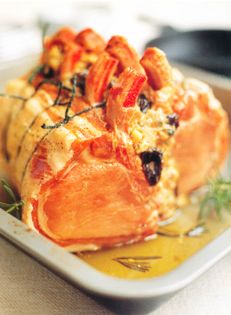Robin Sutherland was the owner of the Old Compton Wine Bar and a part-time farmer on the Isle of Wight. He also owned a string of Chinese restaurants, for which he grew enormous pigs. These animals were taken, after slaughtering, to one of these restaurants and cut up. The loins were always sent to me, literally filling my fridges to overflowing with wonderful meat. I always wondered why the Chinese chefs opted to send me the loins when they had first choice, until eventual


